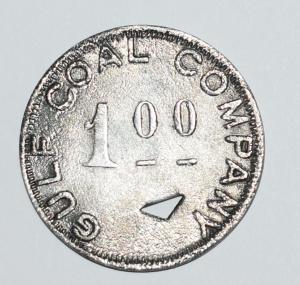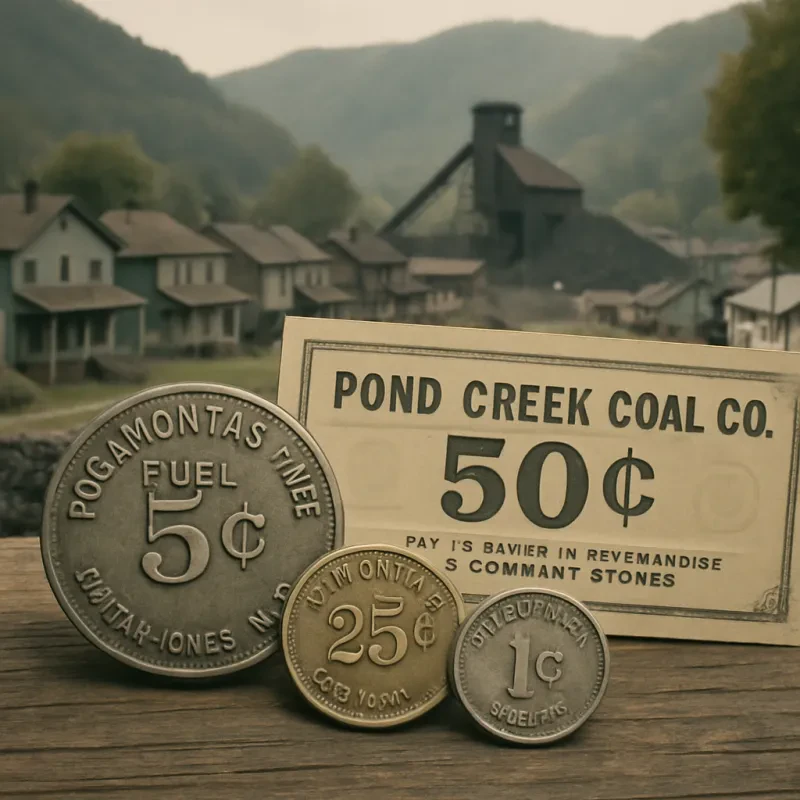Coal prices can change from day to day, and sometimes it feels like riding a roller coaster. But what drives these shifts, especially when we're talking about the 1 kg coal price? Understanding the dynamics can help you make smarter decisions whether you're a buyer, seller, or just curious about the market trends.
One of the biggest factors influencing coal prices is supply and demand. If there's a surge in demand due to cold weather or an uptick in industrial activities, you can expect the 1 kg coal price to rise. On the flip side, if there’s an increase in production or a decrease in demand, prices may dip. It's a balancing act that reflects real-time market conditions.
Another important aspect is regulatory changes and environmental policies. Many countries are moving towards greener energy solutions, which impacts coal's demand. If new regulations are imposed, that can shake up the 1 kg coal price considerably. Keeping an eye on these developments can give you insights into where prices might head next.
International market trends also play a role. When coal-exporting countries face challenges like strikes or natural disasters, it can cause a ripple effect. This, in turn, can drive up prices globally, including the 1 kg coal price. So, watching global news can really help you understand local price changes.
Staying informed about these factors will help you navigate the coal market more effectively. Whether you’re purchasing for personal use or for a larger operation, understanding these price trends can make a big difference in managing your expenses.
Factors Influencing Coal Prices Right Now
When it comes to understanding the current 1 kg coal price, several factors come into play. One major factor is the global demand for coal, which can fluctuate based on energy needs in various countries. For instance, emerging markets tend to increase their coal consumption as they ramp up their industrial activities. This higher demand can push prices up, making it essential to keep an eye on what’s happening worldwide.
Supply chain issues also play a key role in shaping the 1 kg coal price. Natural disasters, geopolitical tensions, or regulatory changes can disrupt mining and transportation. When supply is tight, even a small increase in demand can lead to noticeable price hikes. It's always a good idea to stay informed about current events that might impact coal availability.
Another factor is the shift towards renewable energy. As more countries commit to reducing carbon emissions, there's a growing influence on the coal market. This transition can create a push and pull effect on the 1 kg coal price, as some regions rely less on coal while others may still need it in their energy mix.
Finally, technology and efficiency improvements in coal extraction and usage can also influence prices. Advances that make mining more efficient can lower costs and potentially stabilize or even reduce the 1 kg coal price. Watching for these innovations can give you insights into future pricing trends.
How Prices Are Impacting Consumers
When it comes to heating our homes and powering industries, the cost of coal plays a big role in our daily lives. Lately, the 1 kg coal price has been changing quite a bit, and this has a direct impact on consumers everywhere. If you're wondering how these prices affect your wallet, you’re not alone.
One of the biggest ways the 1 kg coal price affects us is through heating bills. Many families depend on coal during the colder months. As prices rise, it can mean tough choices for households. Some might cut back on heating or look for alternatives, which can lead to discomfort during freezing temperatures. It’s hard to enjoy a cozy home when utility bills are eating into your budget!
Additionally, businesses that rely on coal for power or production face increased operational costs. This ultimately trickles down to consumers, as companies often pass these extra costs onto their customers. If you’ve noticed prices going up on everyday goods, it might be linked to those rising coal prices. For instance, if a factory’s energy costs spike, you might see that reflected in the prices of products at your local store.
Finally, the shift in 1 kg coal prices can also influence people's choices about energy sources. With coal becoming more expensive, some folks are considering greener alternatives, like solar or wind power. While this move is great for the environment, it also signifies a bigger trend where consumers are seeking energy solutions that fit their budget and values. As prices keep changing, staying informed helps you make choices that suit your needs best.
Tips for Buying Coal Smarter
Buying coal doesn’t have to be overwhelming, especially if you keep a few key tips in mind. First things first, always check the current 1 kg coal price in your area. Prices can vary widely depending on where you live and the supplier. Keeping an eye on market trends can help you spot the best deals and avoid overpaying.
Next, consider the type of coal you need. There are several varieties available, each suitable for different purposes—whether it’s for heating, cooking, or industrial use. Knowing what type suits your needs best will save you time and money. For instance, if you’re mainly using it for heating, you might want to look for larger lumps that burn longer.
Don’t forget to consider the supplier’s reputation. Reading reviews and asking fellow buyers can be invaluable. A reliable supplier will not only have fair prices on 1 kg coal price but also deliver quality coal consistently. You want to ensure that you're getting coal that burns efficiently and doesn’t leave a lot of ash or smoke.
Finally, buying in bulk can often save you some cash. If you have the space and you're sure you’ll use it, purchasing larger quantities might lead to discounts per kilogram. Just be sure to confirm the total weight and the condition of the coal before sealing the deal. This way, you'll ensure you're getting the best value for your money.







